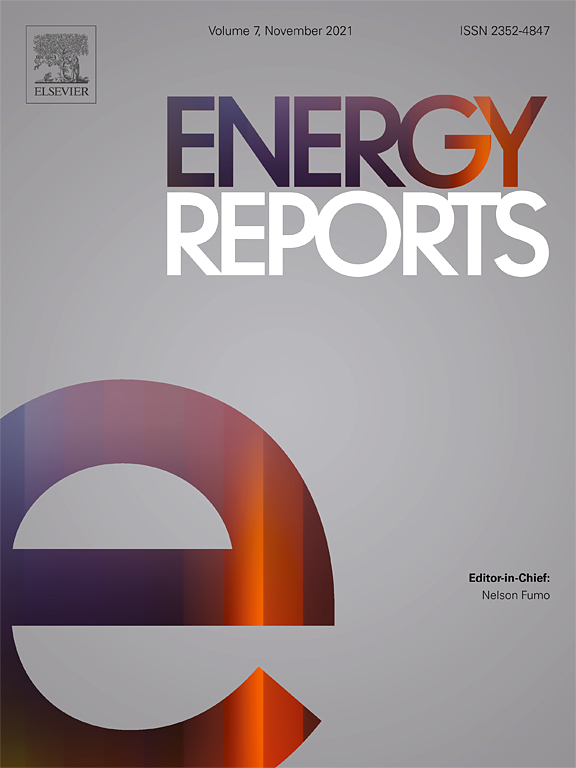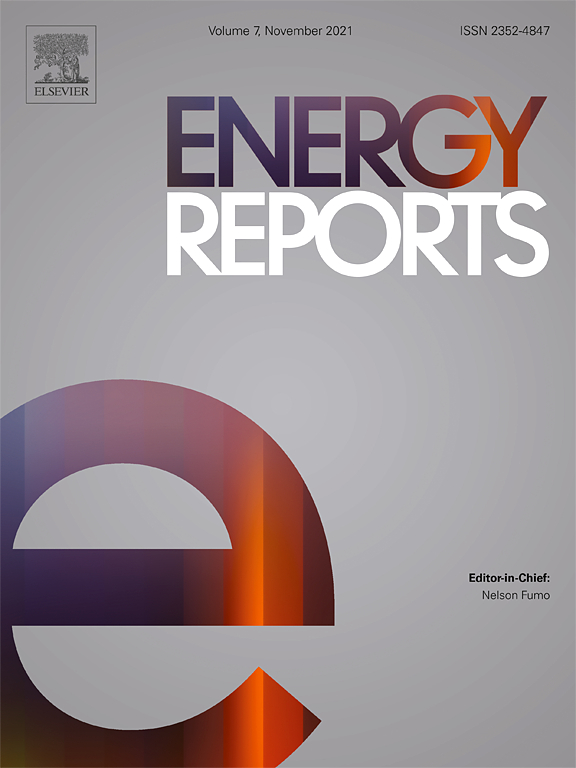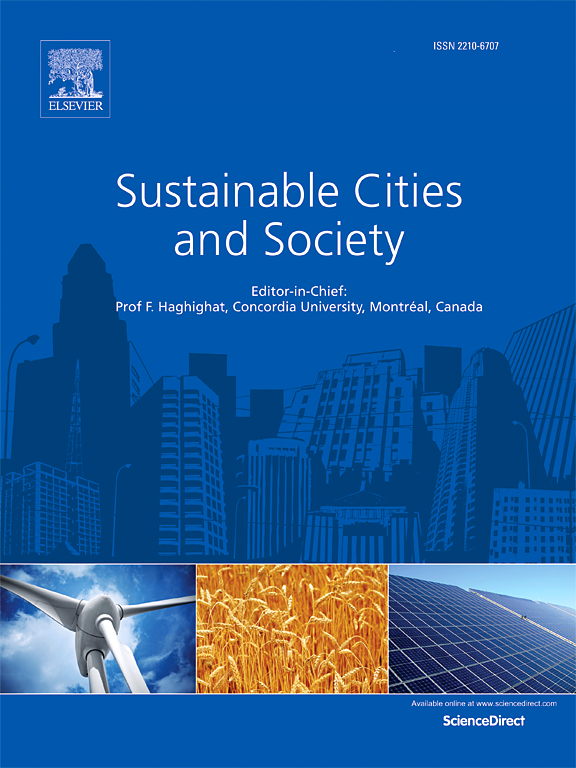Knowledge Hub
Reducing India’s Road Transport CO2 Emissions
2021
Author(s): International Council on Clean Transportation (ICCT)
In this video, Megha Kumar outlines several decarbonization strategies and how they could reduce CO2 emissions from road transport in India by 2050. The chart shows the kinds of reductions that are possible with more ambitious and aggressive transport policy.
Toward an Ambitious Yet Feasible Strategy for Transport Decarbonization in India
2021
Author(s): Kumar M
ICCT is currently undertaking an analysis of the key transport energy and emissions models for India that have been developed by research organizations with well-established modeling frameworks.
What’s the “Business As Usual” Future for Road Transport in India?
2021
Author(s): Kumar M
It’s not hard to predict that if India continues as is, it will mean an unabated rise in vehicular activity.
Time for Intervention: What do the Mitigation Scenarios Look Like for India’s Road Transport Emissions?
2021
Author(s): Kumar M
The focus here is on the scenarios that incorporate policy interventions that could help decarbonize the sector. Besides the Business-As-Usual (BAU), there were typically two kinds of alternate scenarios incorporated in the models we analyzed: the Moderate effort and the High Ambition.
ICCT and IEA’s High Ambition scenarios expect the light-duty vehicle segment or cars to electrify following two- and three-wheelers.
Decarbonizing India’s Road Transport Sector: Shouldn’t We Aim Higher?
2021
Author(s): International Council on Clean Transportation (ICCT)
There are many policy avenues that remain unexplored from a decarbonization perspective. Many of the models don’t incorporate the entire set of emission reduction strategies already commonly employed, and thus these in no way set a boundary as far as what India can achieve.
Summing Up: What’s the Potential for India to Set a Sectoral Target for Road Transport CO2 Emissions in its NDC?
2021
Author(s): Kumar M
The Intergovernmental Panel on Climate Change (IPCC) urged nations to increase the ambition of their Nationally Determined Contributions (NDCs). India’s current NDC includes an economy-wide emissions reduction target and it is 2 °C compatible.

Overview of Batteries and Battery Management for Electric Vehicles
2022
Author(s): Liu W, Placke T, Chau KT
This article reviews the evolutions and challenges of (i) state-of-the-art battery technologies and (ii) state-of-the-art battery management technologies for hybrid and pure EVs.

Development and Comparison of the Test Methods Proposed in the Chinese Test Specifications for Fuel Cell Electric Vehicles
2022
Author(s): Lan H, Hao D, Hao W, He Y
This paper compares the test methods for critical parameters in this specification with those used in the United States and Japan.

Resilience Enhancement Strategies For and Through Electric Vehicles
2022
Author(s): Hussain A, Musilek P
Electric vehicles (EVs) have the potential to reduce transportation-related emissions while simultaneously delivering a variety of services to the power system, including resilience during power outages.



